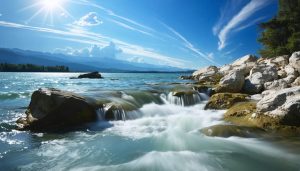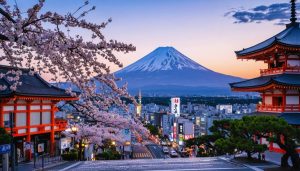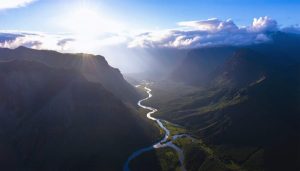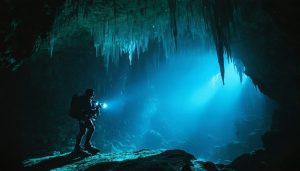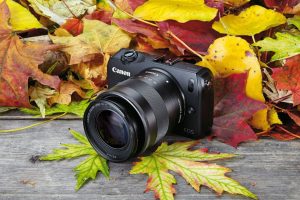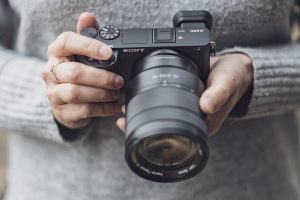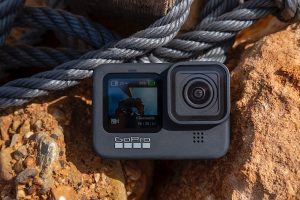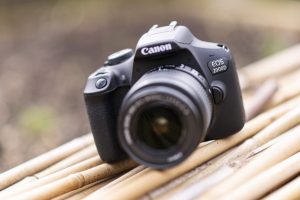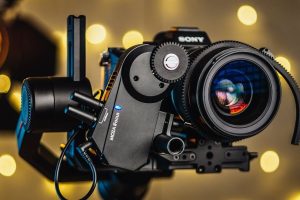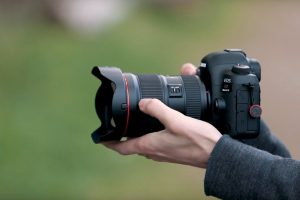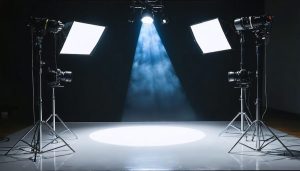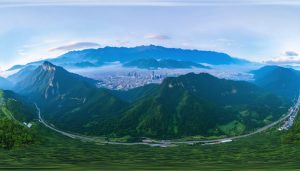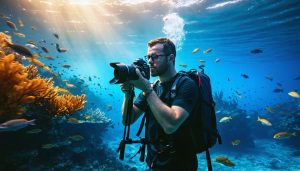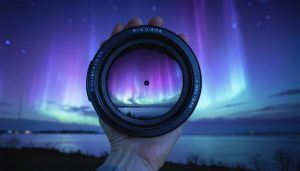
Dive beneath the surface to discover nature’s most spectacular hidden masterpieces, where ancient shipwrecks, vibrant coral gardens, and mysterious underwater caves await your lens. Mastering the essential gear and techniques transforms these submerged wonders into stunning photographic opportunities, but these seven locations offer something even more profound: a glimpse into Earth’s most exclusive gallery.
From the crystal-clear depths of the Great Blue Hole in Belize to the haunting beauty of Mexico’s Cenote Angelita, these underwater monuments challenge our perception of what’s possible beneath the waves. Each site represents not just a photographer’s paradise, but a critical ecosystem requiring our stewardship and protection.
Whether you’re an experienced dive photographer or an adventurous spirit yearning to capture the unknown, these seven underwater wonders showcase nature’s most remarkable achievements – living museums where light, water, and life converge in ways that defy imagination. As ocean conservation becomes increasingly urgent, documenting these sites serves both artistic expression and environmental awareness, creating compelling visual stories that inspire protection of our planet’s aquatic treasures.
Essential Underwater Photography Gear
Underwater Camera Housing Systems
Capturing the beauty of underwater wonders requires specialized equipment designed to protect your camera from water damage and intense pressure. Modern underwater housing systems are engineering marvels, constructed from durable materials like polycarbonate and aluminum, capable of withstanding depths up to 200 feet or more.
These housings create a watertight seal around your camera while providing access to essential controls through mechanical buttons, dials, and electronic connections. Entry-level housings start around $500, while professional systems can exceed $3,000, depending on your camera model and depth rating requirements.
When selecting a housing, consider factors like depth rating, build quality, and port compatibility for different lenses. Most manufacturers offer interchangeable ports for wide-angle and macro photography, essential for capturing diverse underwater subjects. Look for features like vacuum check systems that verify the housing’s seal before submersion.
Remember that proper maintenance is crucial – regularly inspect O-rings, lubricate seals, and rinse the housing with fresh water after each use. Many photographers also opt for backup safety measures like moisture detectors and float arms for added protection.
Lighting Equipment for Deep Waters
Capturing the magic of underwater wonders requires specialized lighting equipment to cut through the water’s natural light absorption. Professional underwater photographers rely on a combination of underwater lighting techniques and tools to bring vibrant colors back to life.
Strobes are the workhorses of underwater photography, providing powerful bursts of light that minimize backscatter – those pesky floating particles that can ruin a shot. Most photographers use dual strobe setups, positioning them at 10 and 2 o’clock relative to the camera for optimal coverage.
Video lights have become increasingly popular, offering continuous illumination that’s perfect for both stills and footage. Modern LED options provide excellent color rendering and can last for multiple dives on a single charge.
Natural light shouldn’t be overlooked, especially when photographing large subjects or wide-angle scenes. The best results often come from combining ambient light with artificial sources, particularly during the “golden hours” near sunrise and sunset when sunbeams create stunning effects through the water column.
Remember to adjust your lighting based on depth – colors disappear progressively as you descend, with reds going first at around 15 feet.
The Great Barrier Reef – Australia
Capturing the vibrant ecosystem of the Great Barrier Reef requires both technical expertise and environmental mindfulness. As the world’s largest coral reef system, spanning over 2,300 kilometers, this underwater paradise presents unique challenges and opportunities for marine wildlife photography.
When shooting at the Great Barrier Reef, natural light is your best friend. The crystal-clear waters allow sunlight to penetrate effectively, creating stunning light rays and vibrant colors, particularly during the “golden hours” just after sunrise and before sunset. For optimal results, shoot in shallow waters (up to 15 meters) using a wide-angle lens to capture the reef’s vast scale and diversity.
Environmental consideration is paramount. Always maintain a safe distance from coral formations and marine life – a general rule is to stay at least 3 meters away. Using a longer focal length lens (100mm or greater) helps capture detailed shots of sea creatures without disturbing their natural behavior. Avoid using artificial lights when possible, as they can stress marine life and disturb natural behaviors.
For the best photographic opportunities, visit between June and October when water visibility is at its peak, often exceeding 25 meters. The northern sections near Port Douglas and Cairns offer particularly rich biodiversity and clearer waters. Consider using a polarizing filter to reduce glare and enhance color saturation, especially when shooting near the surface.
Remember to check your equipment’s depth rating and always use appropriate underwater housing. A dome port is essential for split-shot photographs that capture both above and below the water line. When post-processing, use white balance adjustments to correct the blue color cast typical in underwater photography, but maintain the natural feel of the environment.
Most importantly, follow the “look but don’t touch” principle. The reef’s delicate ecosystem faces significant challenges from climate change and human impact. As photographers, we have a responsibility to document its beauty while contributing to its preservation for future generations.
The Great Blue Hole – Belize
Photographing the Great Blue Hole presents unique challenges that test even seasoned underwater photographers. At 1,043 feet across and 407 feet deep, this massive limestone sinkhole demands careful planning and specialized equipment to capture its true magnificence.
The first challenge photographers face is the dramatic light transition. The surface waters offer abundant natural light, but this quickly diminishes as you descend. To combat this, many photographers opt for powerful underwater strobes with wide beam angles, typically positioning them at 10 and 2 o’clock to illuminate the hole’s dramatic walls without creating backscatter.
Visibility can vary significantly, ranging from 50 to 100 feet depending on conditions. The best photos are typically captured early morning when the water is calmest and sunlight penetrates deepest into the hole. Many photographers use wide-angle lenses (10-17mm) to capture the hole’s immense scale, while others employ fisheye lenses for dramatic circular compositions.
A crucial consideration is depth management. The most striking compositions often come from around 130 feet deep, where you can capture both the surface light and the mysterious dark depths. However, this requires advanced diving certification and careful monitoring of bottom time. Some photographers use rebreathers to extend their shooting time at depth.
Color correction is essential in post-processing, as the deep blue waters tend to wash out warmer tones. Many photographers shoot in RAW format and use a combination of white balance adjustments and selective color enhancement to restore the natural appearance of the limestone formations and marine life.
For those seeking unique perspectives, split-shot techniques can effectively convey the hole’s surface circumference while hinting at the abyss below.

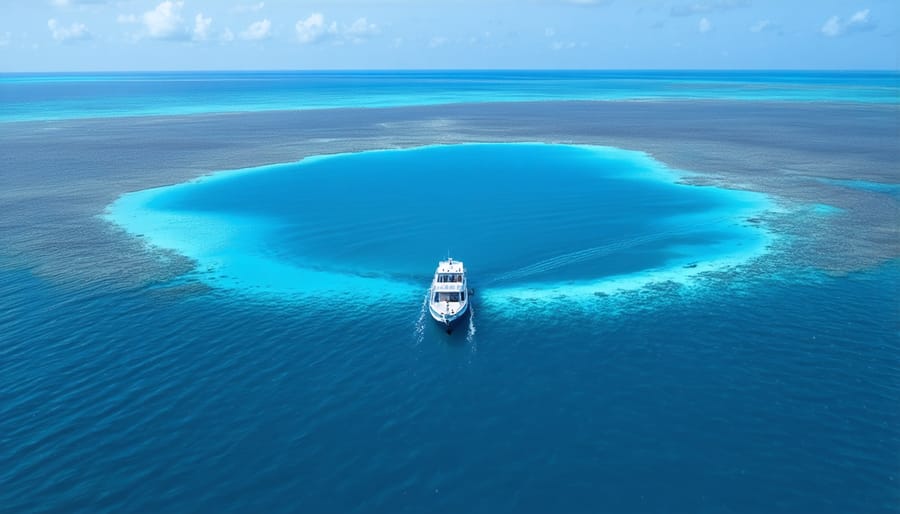
Yonaguni Monument – Japan
Off the coast of Yonaguni Island in Japan lies a fascinating underwater structure that challenges both photographers and archaeologists alike. This submerged formation, discovered in 1987, features distinctive geometric shapes, terraces, and what appears to be ancient stairs cut into the rock, sparking debates about whether it’s natural or man-made.
Photographing the Yonaguni Monument requires careful planning due to its challenging conditions. The site sits in an area known for strong currents, which can make positioning yourself for the perfect shot particularly tricky. The best visibility occurs during winter months, though water temperatures can drop to 20°C (68°F), necessitating a 5mm wetsuit for comfort during extended shooting sessions.
For optimal results, pack a wide-angle lens to capture the monument’s massive scale – some formations rise up to 25 meters from the seafloor. The site’s depth ranges from 5 to 25 meters, so having a strobe with good power output helps illuminate the dark volcanic rocks and bring out their texture. Consider using a dual strobe setup to minimize shadows and create even lighting across the geometric patterns.
The currents here can change rapidly, so working with local dive operators is essential. They know the best times to visit when currents are manageable and can guide you to the most photogenic spots, including the famous “Triangle Pool” and the perfectly straight “Twin Towers” formation. Keep your camera settings ready for quick adjustments – mixing ambient light with artificial lighting often produces the most dramatic results, especially during early morning dives when sunrays penetrate the water column.
Cenote Angelita – Mexico
Hidden beneath the Yucatan Peninsula’s limestone surface lies Cenote Angelita, a mysterious underwater marvel that challenges both photographers and viewers to question their perception of reality. At around 100 feet deep, a fascinating natural phenomenon occurs – what appears to be an underwater river flowing through the cenote, creating one of the most surreal photography opportunities on Earth.
This otherworldly effect is actually created by a layer of hydrogen sulfide that separates the fresh water above from the salt water below. When photographing this unique formation, understanding how to work with multiple light sources becomes crucial. As natural light filters down from the surface, it creates ethereal beams that interact with the chemical layer, while artificial lighting helps illuminate the darker depths below.
Successful shoots at Angelita require mastering cave photography techniques and careful strobe positioning. Most photographers find that using two strobes at different power settings helps capture both the misty chemical layer and the fallen leaves and branches that rest on it, creating the illusion of a riverbed.
The challenging conditions here demand advanced diving skills and specialized equipment. Water visibility can change dramatically above and below the halocline, requiring photographers to adjust their settings quickly. A wide-angle lens (typically 16-35mm) proves most effective for capturing the full scope of this natural wonder, while a powerful primary light helps with composition in the darker sections.
For the best results, plan your dive during early morning hours when sunlight penetrates the cenote at optimal angles, creating those signature light rays that add depth and drama to your images.
SS Thistlegorm – Red Sea
The SS Thistlegorm, resting in the depths of the Red Sea since 1941, presents unique challenges and opportunities for underwater photographers. This British merchant navy ship, laden with wartime cargo including motorcycles and trucks, offers a fascinating glimpse into World War II history through the lens of your camera.
To capture the Thistlegorm’s essence, proper lighting is essential. Using a combination of natural light and artificial strobes helps illuminate the ship’s impressive artifacts while maintaining the moody atmosphere. Position your strobes at 45-degree angles to minimize backscatter, particularly important in the Red Sea’s occasionally particle-rich waters.
When photographing the wreck, start with wide-angle shots of the ship’s exterior to establish context, then move closer to capture detailed images of specific cargo items. The holds containing BSA motorcycles and Bedford trucks make particularly compelling subjects, especially when framed through the ship’s openings.
Conservation awareness is crucial while photographing this historical site. Maintain proper buoyancy control to avoid disturbing sediment or touching the wreck. Never move or manipulate artifacts for a better shot – document them exactly as you find them. This helps preserve the site for future generations of photographers and divers.
For the best results, visit during early morning hours when sunlight penetrates the waters at optimal angles. Consider using a fish-eye lens for dramatic interior shots, but remember to keep your movements slow and deliberate to avoid stirring up sediment. Time your visit between October and March when visibility typically reaches its peak at 20-30 meters.
Remember, every image you capture contributes to documenting this important historical site, making your role as a photographer crucial in preserving its legacy for future generations.
Neptune Memorial Reef – Florida
Located off the coast of Miami, the Neptune Memorial Reef presents photographers with a hauntingly beautiful blend of art and remembrance. This artificial reef, designed to resemble the lost city of Atlantis, offers unique opportunities for creating compelling underwater images that capture both its architectural grandeur and emotional significance.
The key to photographing this site lies in understanding its distinct lighting conditions. The bronze and concrete structures create dramatic shadows, particularly during early morning or late afternoon when sunlight filters through the water at oblique angles. Wide-angle lenses (16-35mm) are ideal for capturing the scale of the massive columns and statuary, while macro setups reveal intricate details of marine life that has made the memorial their home.
For the most impactful shots, position yourself to capture the interplay between the memorial’s structures and the natural elements. The columns rising from the seafloor create leading lines that draw viewers into the frame, while schools of fish often provide dynamic foreground elements. Consider using a slower shutter speed to capture the ethereal movement of marine life around the structures.
Color management is crucial here – the green-blue waters of Florida can wash out images, so using a red filter or adjusting white balance in post-processing helps restore natural colors. When photographing the memorial plaques, a focused beam light can help illuminate the inscriptions while maintaining the atmospheric quality of the surrounding water.
Remember that this is an active memorial site. Maintain respectful distance from ceremonies and always follow the site’s photography guidelines. The best images often come from patient observation, allowing you to capture moments where nature and memorial seamlessly interact.
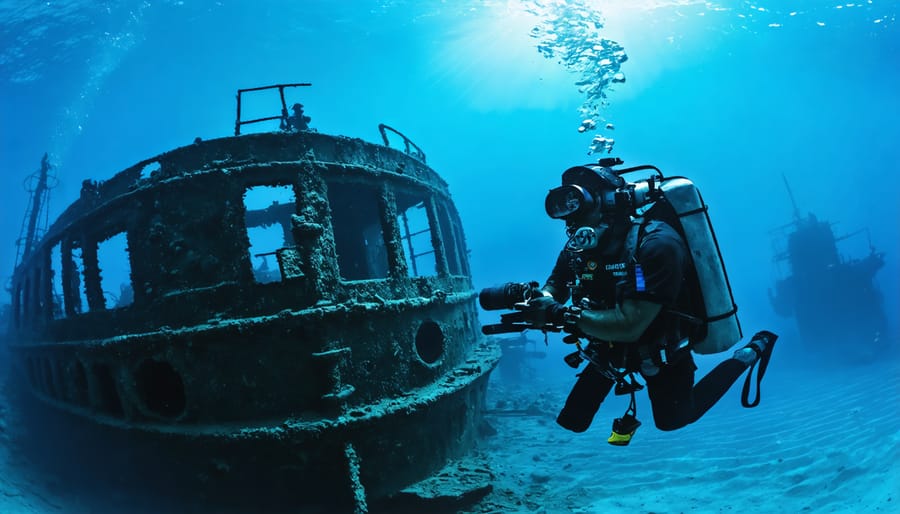
Conservation Through the Lens
Underwater photography has emerged as a powerful tool in marine conservation, transforming how we understand and protect our ocean’s most precious environments. Through the lens of skilled photographers, the hidden beauty and fragility of underwater ecosystems are brought to the surface, creating emotional connections that inspire action. Photography’s role in conservation extends beyond mere documentation; it serves as a vital bridge between scientific research and public awareness.
These compelling images of underwater wonders help researchers monitor coral reef health, track marine species populations, and document the impacts of climate change. When photographers capture the vibrant colors of healthy coral reefs alongside bleached specimens, they create powerful visual evidence that resonates with both policymakers and the public.
Conservation photographers working in these underwater wonderlands also help identify new species, monitor behavioral patterns, and track changes in marine ecosystems over time. Their work provides crucial baseline data for environmental impact studies and helps marine biologists develop more effective protection strategies.
Through social media and conservation campaigns, these images reach millions of people, fostering a deeper understanding of marine ecosystems and inspiring a new generation of ocean advocates. The photographs serve as silent ambassadors for these underwater treasures, reminding us of what we stand to lose if we don’t act to protect them.
As we’ve explored these magnificent underwater wonders, it’s clear that capturing their beauty requires both technical skill and environmental awareness. Remember to master the basics of wide-angle photography for sweeping reef shots, and macro techniques for detailed marine life portraits. Always maintain proper buoyancy control to avoid damaging delicate ecosystems, and keep a safe distance from marine life.
Practice your photography skills in shallow waters before attempting more challenging depths, and invest in proper housing for your camera equipment. Consider using natural light when possible to minimize disruption to marine environments, and never use flash photography around sensitive species.
Most importantly, remember that we are guests in these underwater realms. Follow local diving guidelines, support conservation efforts, and share your photography to raise awareness about marine preservation. By documenting these underwater wonders responsibly, we not only create stunning images but also contribute to their protection for future generations.
Whether you’re photographing the Great Barrier Reef or exploring deep-sea caves, remember that the best underwater photographers are those who prioritize both their craft and the marine environment they capture.

